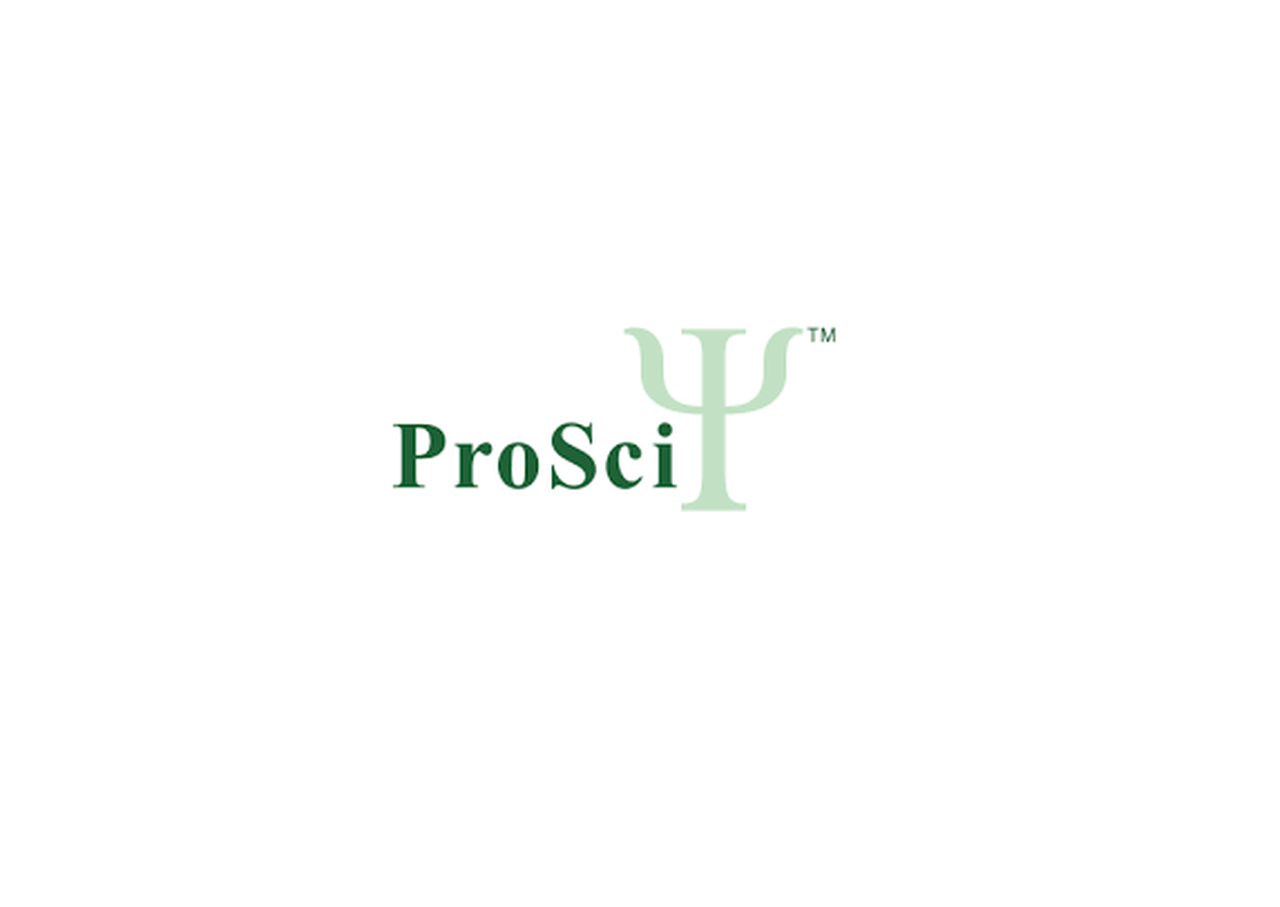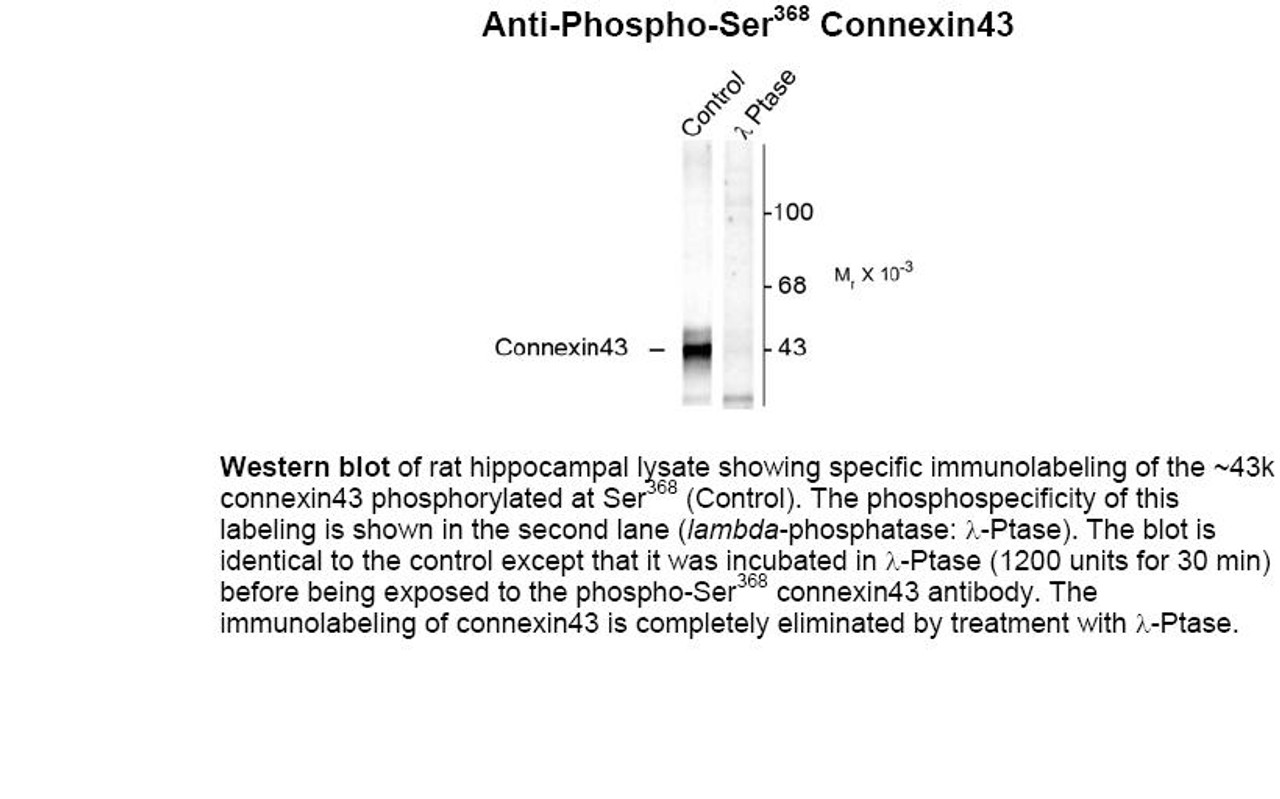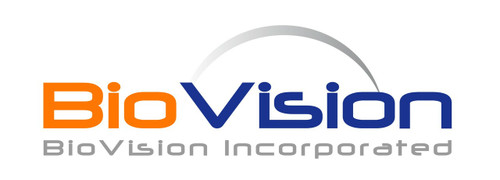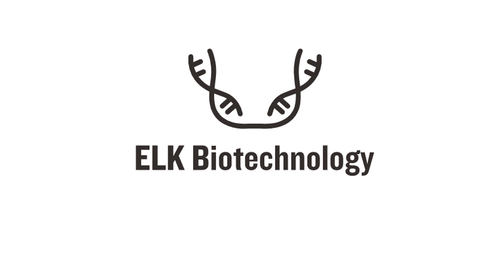Product Description
Connexin 43 (phospho Ser368) Antibody | 50-220 | ProSci
Host: Rabbit
Reactivity: Human, Mouse, Rat, Dog, Zebrafish, Goat, Bovine, Chicken
Homology: N/A
Immunogen: Phosphopeptide corresponding to amino acid residues surrounding the phospho-Ser368 of rat connexin 43.
Research Area: Phospho-Specific
Tested Application: WB
Application: The antibody has been directly tested for reactivity in Western blots with rat tissue. It is anticipated that the antibody will react with bovine, canine, chicken, guinea pig, human, mouse and zebra fish based on the fact that these species have 100% homology with the amino acid sequence used as antigen.
Specificiy: N/A
Positive Control 1: N/A
Positive Control 2: N/A
Positive Control 3: N/A
Positive Control 4: N/A
Positive Control 5: N/A
Positive Control 6: N/A
Molecular Weight: 43
Validation: N/A
Isoform: N/A
Purification: Affinity Purified
Clonality: Polyclonal
Clone: N/A
Isotype: N/A
Conjugate: Unconjugated
Physical State: Liquid
Buffer: N/A
Concentration: N/A
Storage Condition: Connexin 43 antibody can be stored at -20˚C and is stable at -20˚C for at least 1 year.
Alternate Name: N/A
User Note: Optimal dilutions for each application to be determined by the researcher.
BACKGROUND: Gap junctional intercellular communication is thought to play a key role in development and may also be involved in epilepsy (Aronica et al., 2001) . Connexin 43 forms gap-junctional channels and regulates the permeability of these gap junctions to small organic molecules. Permeability of connexin 43 is known to be regulated by phosphorylation at Ser368 by protein kinase C (Yogo et al., 2002; Bao et al., 2004a) . Phosphorylation of Ser368 by PKC induces a conformational change of connexin 43 that results in a decrease in gap junction permeability (Bao et al., 2004b) .
 Euro
Euro
 USD
USD
 British Pound
British Pound
 NULL
NULL










